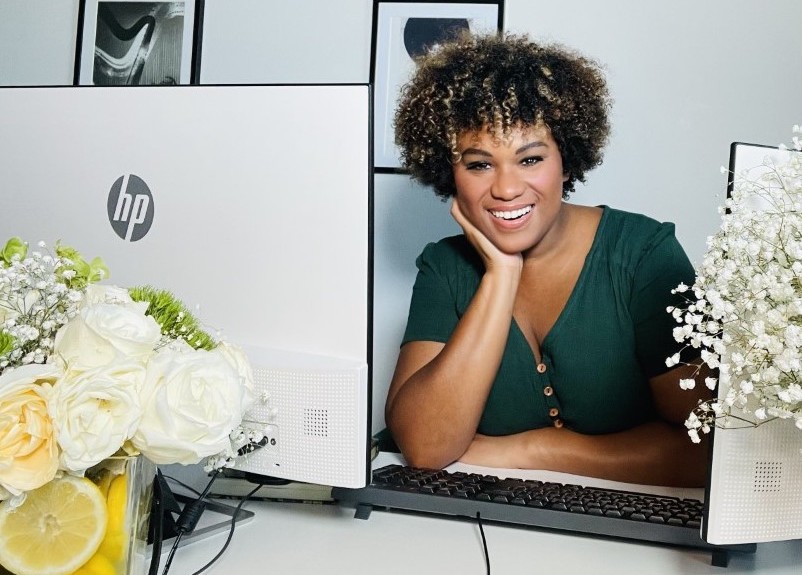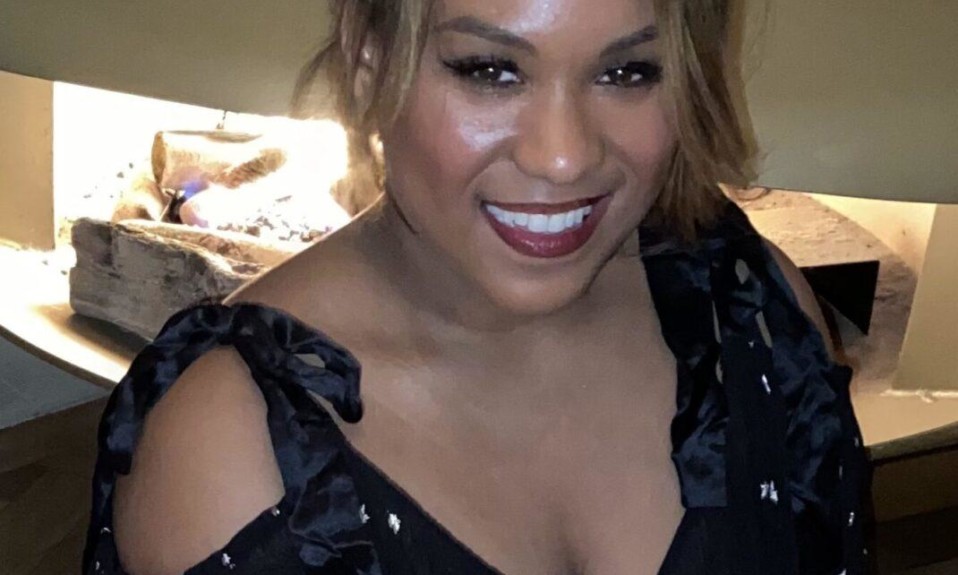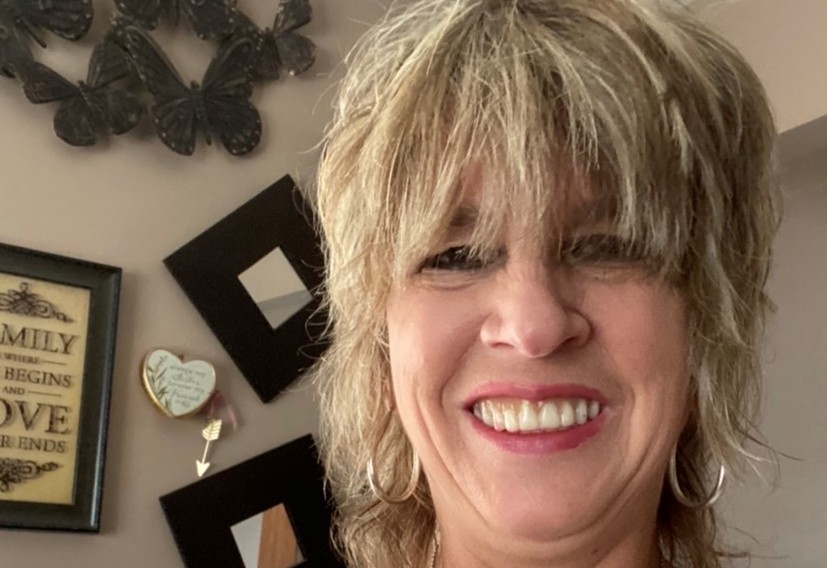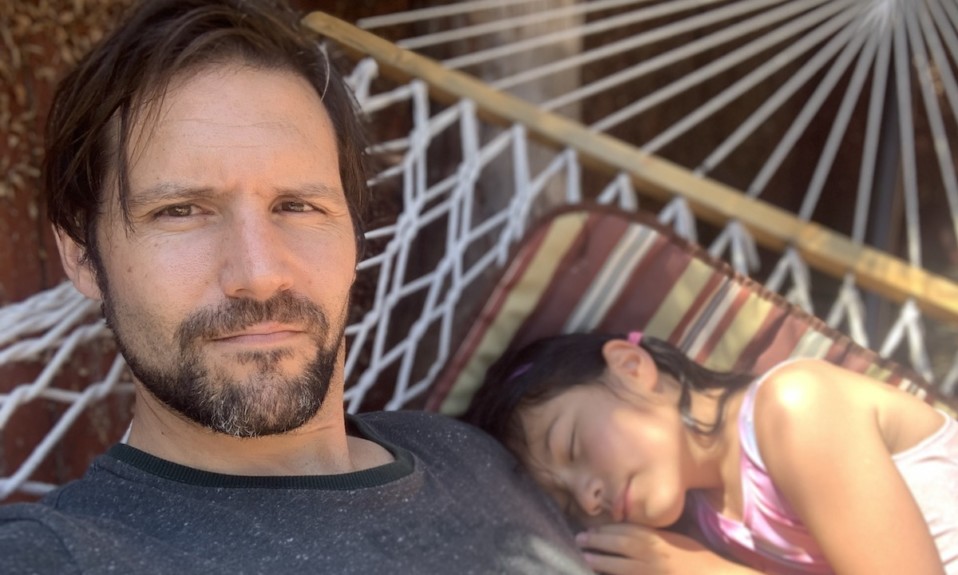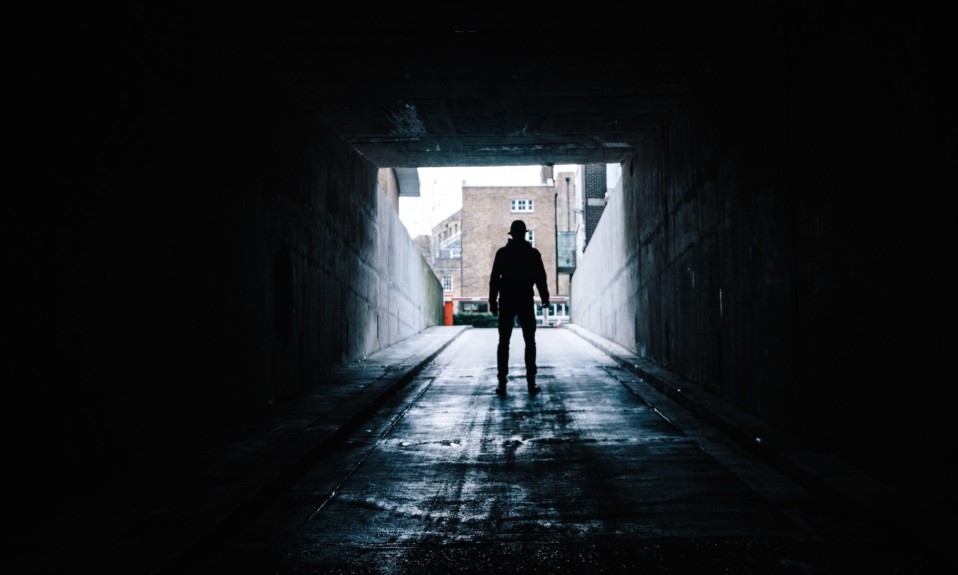For Amanda, Self-Injury Recovery Anonymous became a lifeline for dealing with her misunderstood affliction
By Amanda Beausoleil
Society treats self-mutilation as a teen phase—something you will grow out of. I, too, thought this when I started cutting at around 10 years old. I thought that as an adult I would no longer have a desire to cut. I believed what society told me. However, more than a decade into my addiction, I found myself with a knife in my hand, desperate for a quick fix in order to survive. I realized this wasn’t a phase, and I couldn’t stop on my own. I was exhausted from breaking my own heart with the self-hatred that embodies self-mutilation.
For some, self-injury is not a phase—it’s used as a survival mechanism, as counterintuitive that may seem.”
My saving grace came in 2014 when I joined the peer support Self-Injury Recovery Anonymous (SIRA), for which I now serve as CEO. The first meeting was sobering and exposing. I walked out with tears of joy. It was the first time I’d ever felt hopeful. I found my tribe; I found a group of people who understood my unattainable desire for perfection, my self-loathing and the darkness my scars represented. Self Mutilators Anonymous taught me how to have compassion and love for myself, and that it’s okay to not be okay. As SMA’s literature says, “There is no situation too difficult to be bettered, and no unhappiness too great to be lessened.”
My hope is that our organization can grow and help the many people out there who are desperate. For some, self-injury is not a phase—it’s used as a survival mechanism, as counterintuitive that may seem. Self-injury is a highly addictive behavior that has been in the shadows for far too long.
This does not have to be a fight you go through alone. It’s possible to be unchained from this addiction. The hope and freedom SIRA brought to me—and that it brings to so many others—is a true joy to witness. I’m honored and humbled to be a small part of SMA’s story.


